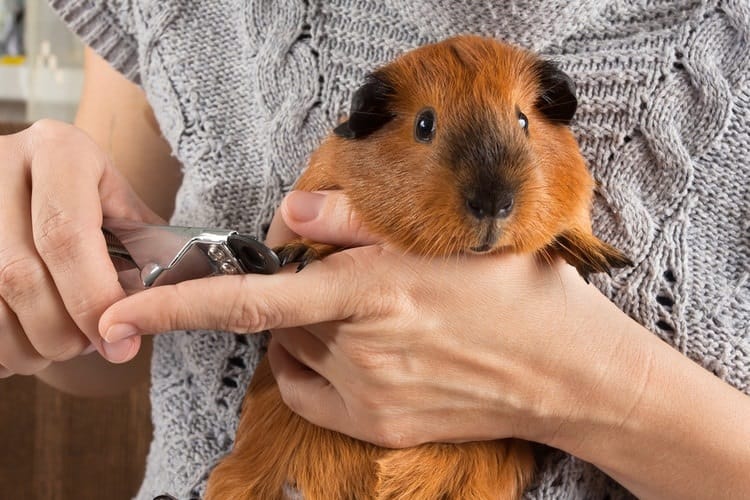Dog Arthritis: Basic FAQs
Has your dog seemed stiff and sore lately? If so, Fido may be developing arthritis. As you may be aware, arthritis is very common in aging dogs. As your pet gets older, his or her tendons and ligaments weaken and lose suppleness, creating friction, irritation, and pain. In this article, a local Galena, MD vet suggests a few things to check for.
How Can I Tell If My Dog Has Arthritis?
Because each dog is unique, they don’t all exhibit the same symptoms. However, arthritis normally progresses gradually. Symptoms may appear to be intermittent at first, but they will gradually worsen over time.
Of course, your veterinarian has the final say. If you know or think that your pet has arthritis, arrange an exam as soon as possible.
When Does Arthritis Usually Start?
Your canine pal can develop arthritis at any time in his life. By the age of eight, around four out of every five dogs exhibit symptoms. However, one in every five shows symptoms after just one.
Breed obviously has a part in this. If you have a mongrel, it’s a good idea to get a dog DNA test done. This can help you to determine whether he is vulnerable to any specific conditions. Of course, it’s also just fun to find out what is in your pet’s family tree.
What Are Arthritis’ Warning Signs?
Fido cannot tell you if he is hurting, so you’ll need to keep an eye on him. Symptoms normally begin lightly and gradually worsen. In the early stages, you might only notice your dog slowing down. Your puppy may be hesitant to play and/or climb stairs, and he may appear less active on walks.
Limping is one giveaway. Fido may limp short at first, generally when he stands up. The limp may disappear after he gets up and moves. It will, however, become more obvious over time. You may also notice that your furry friend moves stiffly. This may be harsher when he first wakes up or after a strenuous walk or play session.
Reduced interest in play may also be a red flag. Fido’s interest in chasing balls, sticks, squirrels, and the neighbor’s cat may wane as his joints become more stiff and sore. Licking and biting is another thing to watch for. Dogs frequently lick or nibble at sore regions. You may notice your dog fussing at his legs or paws. Fido may not like having his aching joints touched. He may shudder or appear hesitant to be touched or patted in specific spots. Arthritic dogs may struggle with going up and down stairs. Fido may also struggle to get in and out of the car. If he is allowed to use your mattresses and couches, he may find it more difficult.
Hip dysplasia—a form of arthritis—is often characterized by a change in muscle conformation. As your pet’s rear end shrinks, his chest may expand.
Last but not least, grumpiness may also be a warning sign. Pain does little to improve anyone’s mood. This is true for both dogs and people! Fido may appear unusually gloomy or sad. He may appear introverted or grumpy.
Canine Arthritis: What Causes it?
As previously noted, arthritis is typically caused by wear and tear. All of those fun jumps and bounces eventually wear on Fido’s bones and joints.
However, there are other causes. Arthritis may also occur as a result of an injury, such as ligament damage or a broken bone. It is also more widespread in some breeds. Other possible factors include joint deformities, illness, dietary imbalances, obesity, immunological diseases, cartilage troubles, and body conformation.
Your pet’s previous exercise history might also play a role. If Fido had too much, too little, or the improper kinds of activity in the past, particularly during his puppyhood, he may be at higher risk.
Fido’s Weight And Arthritis
Obesity is a common problem among our canine companions. More than half of our barking buddies are overweight or obese. This can certainly contribute to and exacerbate arthritis. Extra pounds put more strain on your pet’s bones and joints. This will make it more difficult for Fido to run and play, as well as worsen his already aching joints, causing inflammation and stiffening. This also leads to a downward spiral, as without exercise, your pup may very well keep gaining weight.
It’s worth noting that many of our canine patients have their humans trained to offer snacks on demand. If Fido has you wrapped around his paws, you may need to brace yourself against that sad stare. We know that Fido is extra adorable when he’s begging you to share your sandwich, but letting your pup get overweight is not beneficial. Consult your veterinarian for precise diet recommendations for your pet, including portion sizes.
Keeping an Arthritis Dog Active
Even if Fido has arthritis, he will always benefit from some form of exercise. However, there are certain guidelines for keeping an arthritic puppy active.
It may be best to discourage your dog from jumping or standing on his back legs, as this might put additional strain on his bones and joints. Many dogs thrive on short, frequent walks. Swimming might also be a good alternative, if the weather is warm enough and your pup actually enjoys it. However, that will not be suitable for all of our canine friends.
Also, when walking or playing with Fido, try to keep on firm, flat terrain. Avoid high-impact and vigorous physical activities. Get recommendations from your Galena, MD veterinarians.
What Are The Treatment Options For Canine Arthritis?
Unfortunately, arthritis cannot be cured. However, there are ways to slow its onset and manage Fido’s pain.
If you notice any signs of arthritis, take your pet to the vet immediately. It is critical to have a complete review of your dog’s health, and early intervention can also be extremely beneficial.
Our canine companions are all unique. After Fido has been completely diagnosed, your veterinarian will be able to discuss specific solutions. Medication may be an option for treatment. Anti-inflammatory medications and/or pain relievers may be options. You may also have choices for giving your dog his medications. Some of them are accessible as daily tablets or liquids to be taken with food, while others require injections. Your veterinarian may also recommend joint supplements and/or specific diets.
Surgery may be an option, but this will depend on both the pup and the severity of his ailment.
Care for an Arthritic Dog
Home care is also important. A comfortable orthopedic bed, for example, will aid Fido’s nightly slumber. Pet ramps or stairs may also be useful for your canine companion. To help your furry pal avoid slips and falls on slippery flooring, try installing carpet runners or mats. Ask your vet for specific advice.
Conclusion: While arthritis cannot be cured, it can be controlled. Keep an eye out for warning signs such as limping, stiffness, and a lack of interest in playing. If you notice anything unusual, call your vet straight away.
Schedule An Appointment at Your Galena, MD Pet Hospital
Do you have any concerns regarding your pet’s health or care? Contact us at your local Galena, MD animal clinic at any time!




